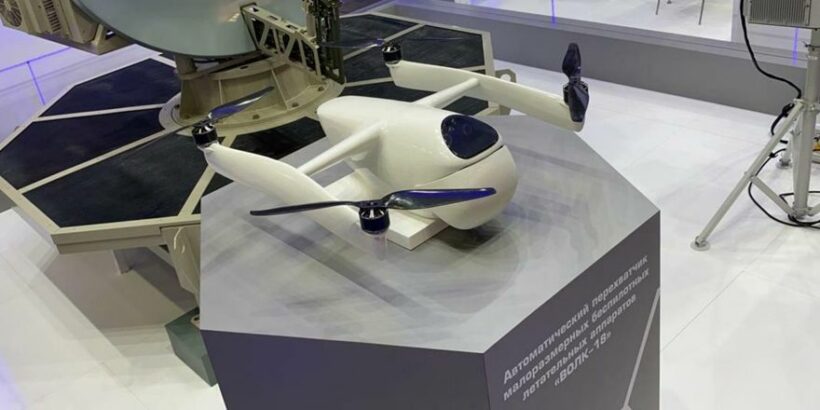Unmanned Aerial Vehicles (UAVs) pose a serious threat to people, military and civilian objects due to their characteristics and capabilities in conducting reconnaissance, sabotage and terrorist missions. Their specificity combines low radar, television, optical and acoustic visibility, which limits the effectiveness of existing detection and countermeasures, especially for mini- and micro-class drones. They are often used for tasks that require them to remain undetected and inaccessible to counter-drone effects, which adds to the complexity of security.
A formal approach to security in this context carries an increased risk, as simple methods such as simple jammers and anti-drone guns or lack of security audits create the illusion of protection. This can lead to underestimation of the threat and incomplete preparation for possible UAV attacks. A systematic approach to defence is needed, starting with threat modelling, probability analysis and developing the most effective threat response measures.
“The role of radio-electronic means is constantly decreasing, drones are becoming more defensive to them, so the task of ensuring safety from the unlawful impact of UAVs is becoming more and more difficult. If there is a task to report to your superiors, then buy drones. But if you really need protection, work with specialists who are constantly developing their competencies and are able to solve the problem of protection from drones systematically,” says Alexei Rogozin, Advisor to the Military-Technical Centre Tsar’s Wolves, Director of the Autonomous Nonprofit Organization Transport Technology Development Centre.
Protecting civilian objects from drones requires a comprehensive approach based not only on the availability of tools and past experience, but also on an in-depth analysis of potential threats. The development of security systems should start with the identification of threats, assessment of potential risks, and only then can we move on to the selection of the most effective countermeasure methods.
Recent trends are already being taken into account in the development of drone defence systems. Companies are developing systems that can effectively detect and suppress drones using various methods. The use of artificial intelligence, integration with other equipment and specialised software are helping to significantly improve the effectiveness of defending facilities from potential drone attacks. Such innovations are becoming an important element in ensuring security in today’s world, where technology is rapidly evolving and threats are becoming increasingly complex.
One of such systems, which has the ability to effectively suppress UAVs by several methods, was developed by Stupor Ltd. The system includes a set of complementary detection devices: radar, radio frequency scanner, optical station for drone identification, jamming devices and means for changing object coordinates. Thanks to specialised software, all elements are integrated into a single system, which significantly reduces the number of erroneous activations.
The software complex of the Stupor system includes artificial intelligence, which ensures its operation without operator intervention. Events recorded by the system can be sent directly to a mobile device. It is also possible to integrate with equipment from other manufacturers to expand its functionality.
Stupor includes Storm and Stil complexes capable of detecting and capturing a target at a distance of more than five kilometres. In turn, the Pars defences suppress UAVs at a distance of up to two kilometres with both a narrow directional beam and by creating a “dome” with a 360-degree diagram.
“When threats are identified, there are two main steps: identifying the threat and impacting it. Both, in terms of tools, can be based either on radio-electronic means or on alternative ones: optoelectronic complexes for airspace monitoring or small arms, and in the future for kinetic impact – interceptor drones with the function of artificial intelligence and automatic guidance,” writes Alexei Rogozin in his TG-channel.
According to him, the first such samples have already been created and are at the testing stage, and the practice of the SWO has shown that this is an extremely promising direction. The essence of such an interceptor is to install on the UAV an on-board computer with artificial intelligence and automatic guidance functions. Its task will be to detect and then provide interception of the enemy drone.
“It’s a technology that is still unfamiliar to us, but it has no alternative in the short term. It is exactly what the future holds. About ten engineering teams are working on the development of interceptor drones in Russia. And I am sure that as early as this year their developments will start appearing both on the front line and on civilian objects,” Rogozin added


